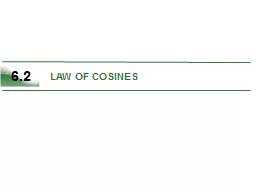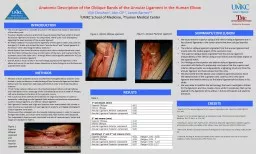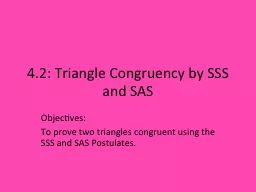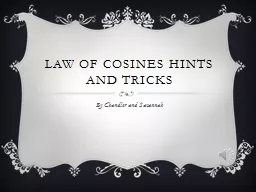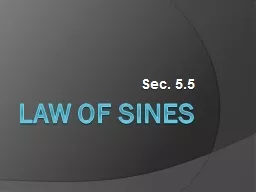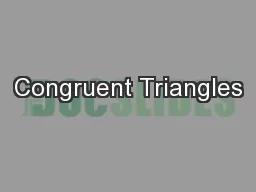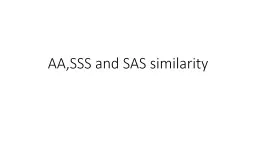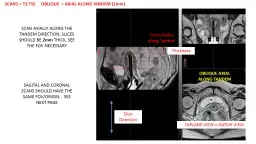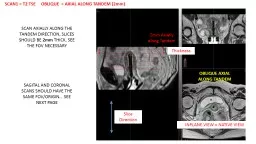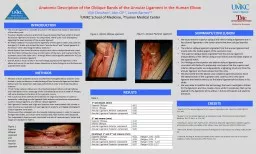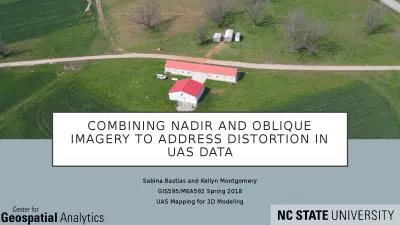PPT-6.2 LAW OF COSINES Use the Law of Cosines to solve oblique triangles (SSS or SAS).
Author : min-jolicoeur | Published Date : 2018-02-01
Use the Law of Cosines to model and solve reallife problems Use Herons Area Formula to find the area of a triangle What You Should Learn Introduction Two cases
Presentation Embed Code
Download Presentation
Download Presentation The PPT/PDF document "6.2 LAW OF COSINES Use the Law of Cosine..." is the property of its rightful owner. Permission is granted to download and print the materials on this website for personal, non-commercial use only, and to display it on your personal computer provided you do not modify the materials and that you retain all copyright notices contained in the materials. By downloading content from our website, you accept the terms of this agreement.
6.2 LAW OF COSINES Use the Law of Cosines to solve oblique triangles (SSS or SAS).: Transcript
Download Rules Of Document
"6.2 LAW OF COSINES Use the Law of Cosines to solve oblique triangles (SSS or SAS)."The content belongs to its owner. You may download and print it for personal use, without modification, and keep all copyright notices. By downloading, you agree to these terms.
Related Documents

